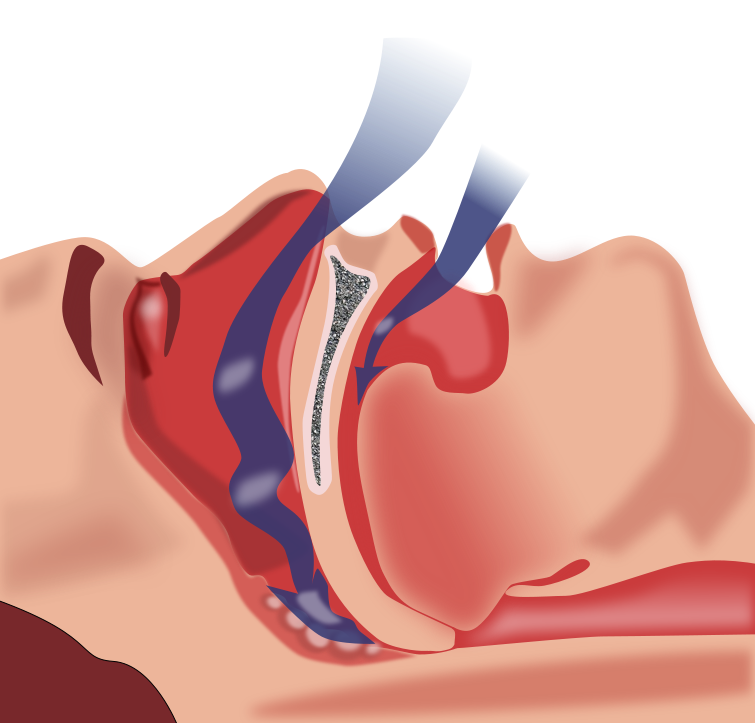Myths and Facts About Obstructive Sleep Apnea
Obstructive sleep apnea is, in fact a sleep disorder that causes breathing to stop repeatedly and starts during sleep. There are several types of sleep apnea. Obstructive sleep apnea is the most common type, which causes the throat muscles to relax intermittently and block the airway during sleep. One of the symptoms of sleep apnea is snoring and it affects mostly overweight people, middle-aged and older adults.

Contents
Symptoms
- Excessive daytime sleepiness
- Loud snoring
- Having high blood pressure
- Observed episodes of breathing cessation during sleep
- Abrupt awakenings accompanied by shortness of breath
- Awakening with chest pain and dry mouth
- Difficulty concentrating during the day
- Experiencing mood changes (depression or irritability)
- Difficulty staying asleep (insomnia)
- Morning headache
- Waking up with a sore throat
There are quite a few myths and truths surrounding Obstructive sleep apnea, making it difficult to tell them apart. Let’s debunk some of the myths and see which are the facts that you should know regarding this sleep disorder.
Myths
- If no treatment seems to work, the only solution would be undergoing surgery. In the case of children, the surgeon will remove the large tonsils that are blocking the airway. As for adults, their floppy tissues would be stiffened or shrunk.
- One out of ten kids suffers from obstructive sleep apnea, not only adults.
- Sleeping pills and alcohol relax the muscles behind the throat, and, this way, the airway will be blocked easier.
- Each adult over 40 years of age gets sleep apnea.
- Sleep apnea is not dangerous, it is just snoring.
Facts
- When not treated, sleep apnea may lead to damages in body and mind and even cause strokes, heart attacks, car accidents and job-related injuries.
- Although obstructive sleep apnea is more common after the age of 40, it can affect people of all ages, especially if they are overweight.
- Sleep apnea can be improved or even treated by making some changes in your life. If you are overweight, you might start a weight loss program. Even getting rid of a small percentage of your body weight can make a difference. You might also want to consider quitting smoking.
- Sleeping on your back might cause the tissues in the throat to be pulled down by gravity and block your airway. You will keep your throat open by sleeping on your side. You might also use special pillows to keep you on your side.
Making the difference between these myths and facts can help you better understand what obstructive sleep apnea is and how to ease its symptoms if not even treat it. Unfortunately, sleep apnea often goes undiagnosed, as doctors usually cannot detect this sleep disorder during routine office visits. No blood test can detect it either.
Most people suffering from sleep apnea don’t know they have it because as it only occurs while you sleep. The only one who can help you detect sleep apnea is a bed partner or a family member.



